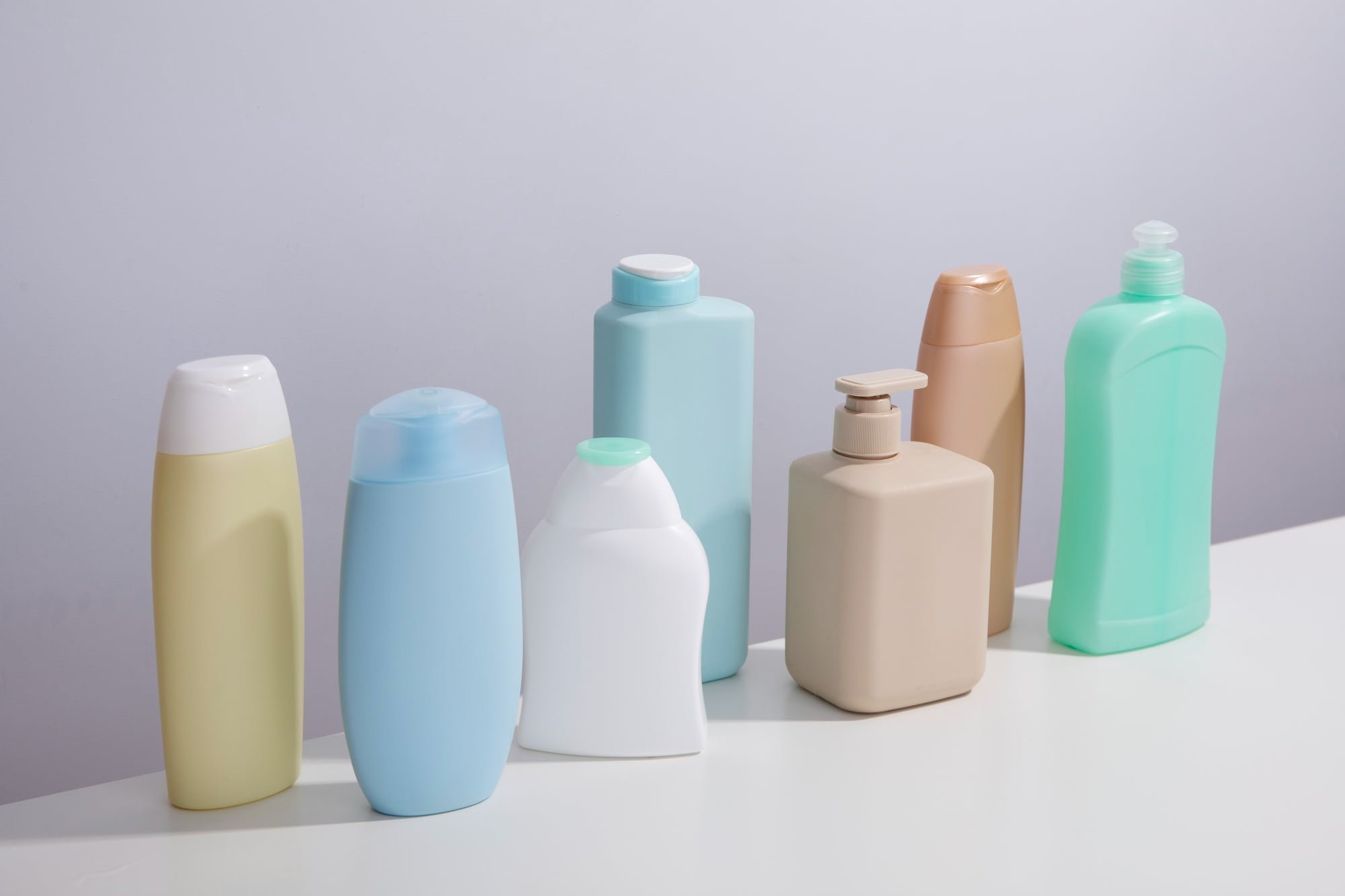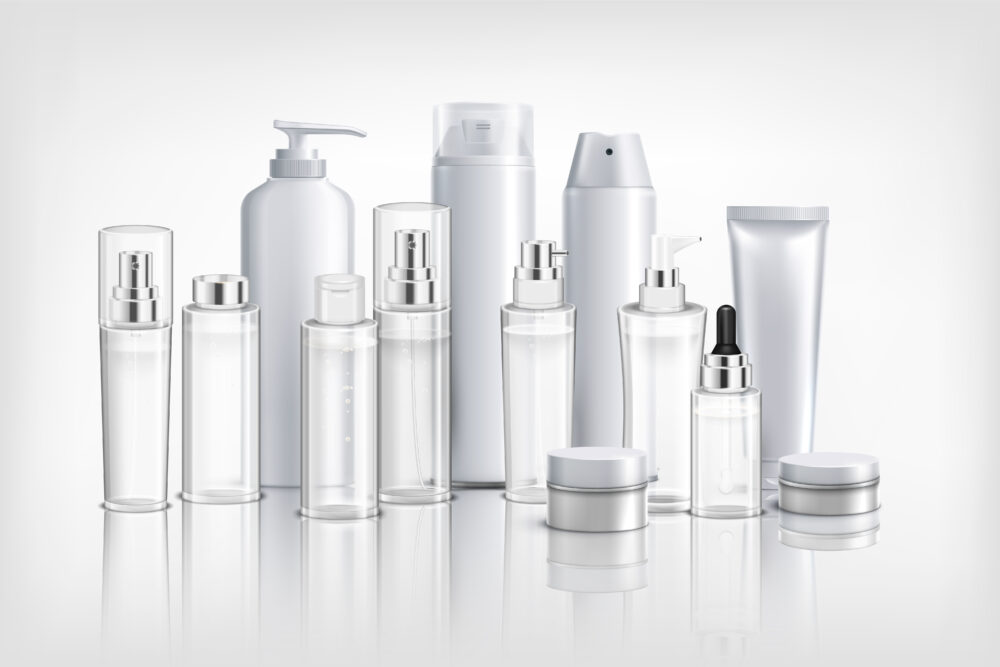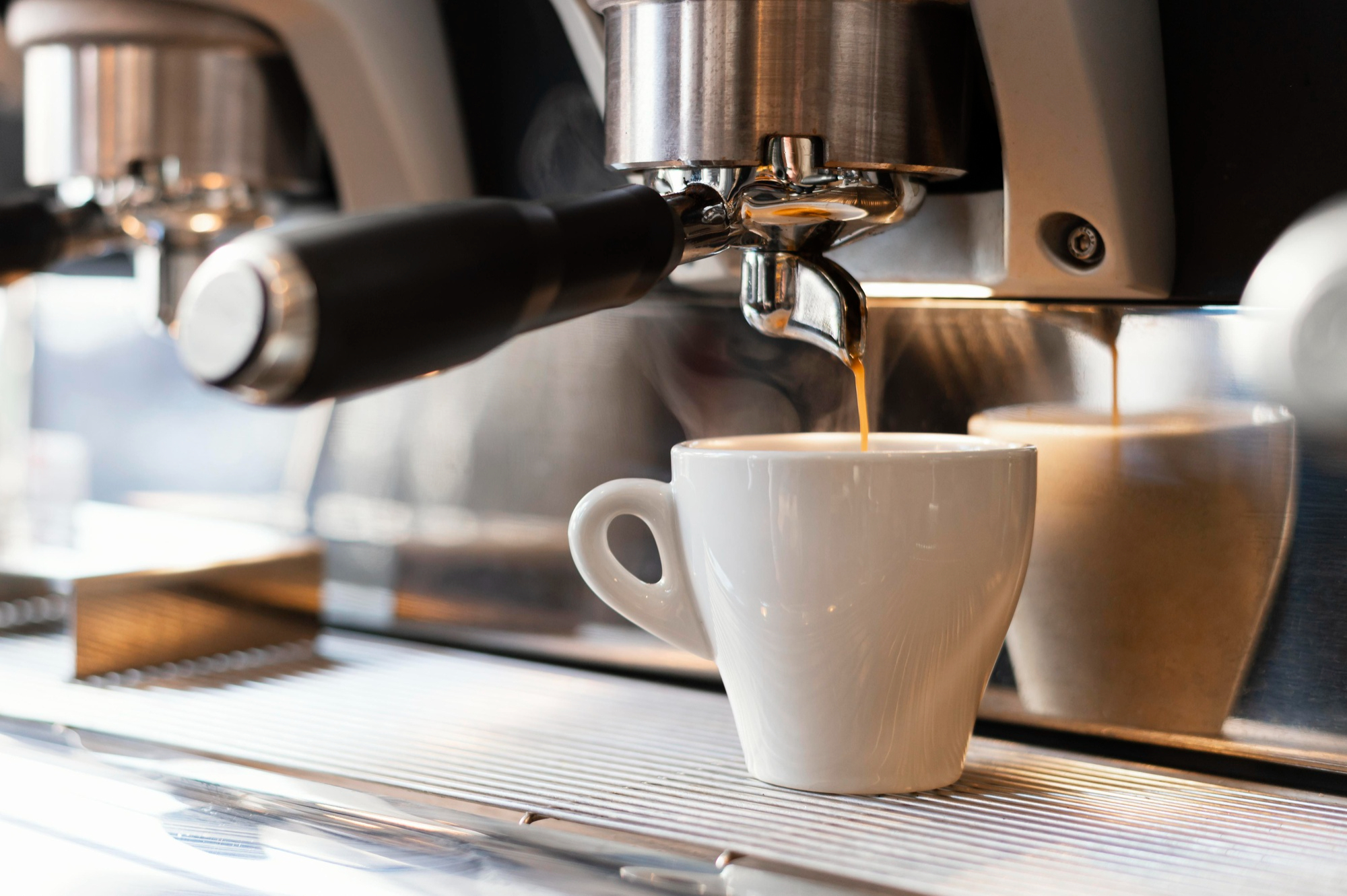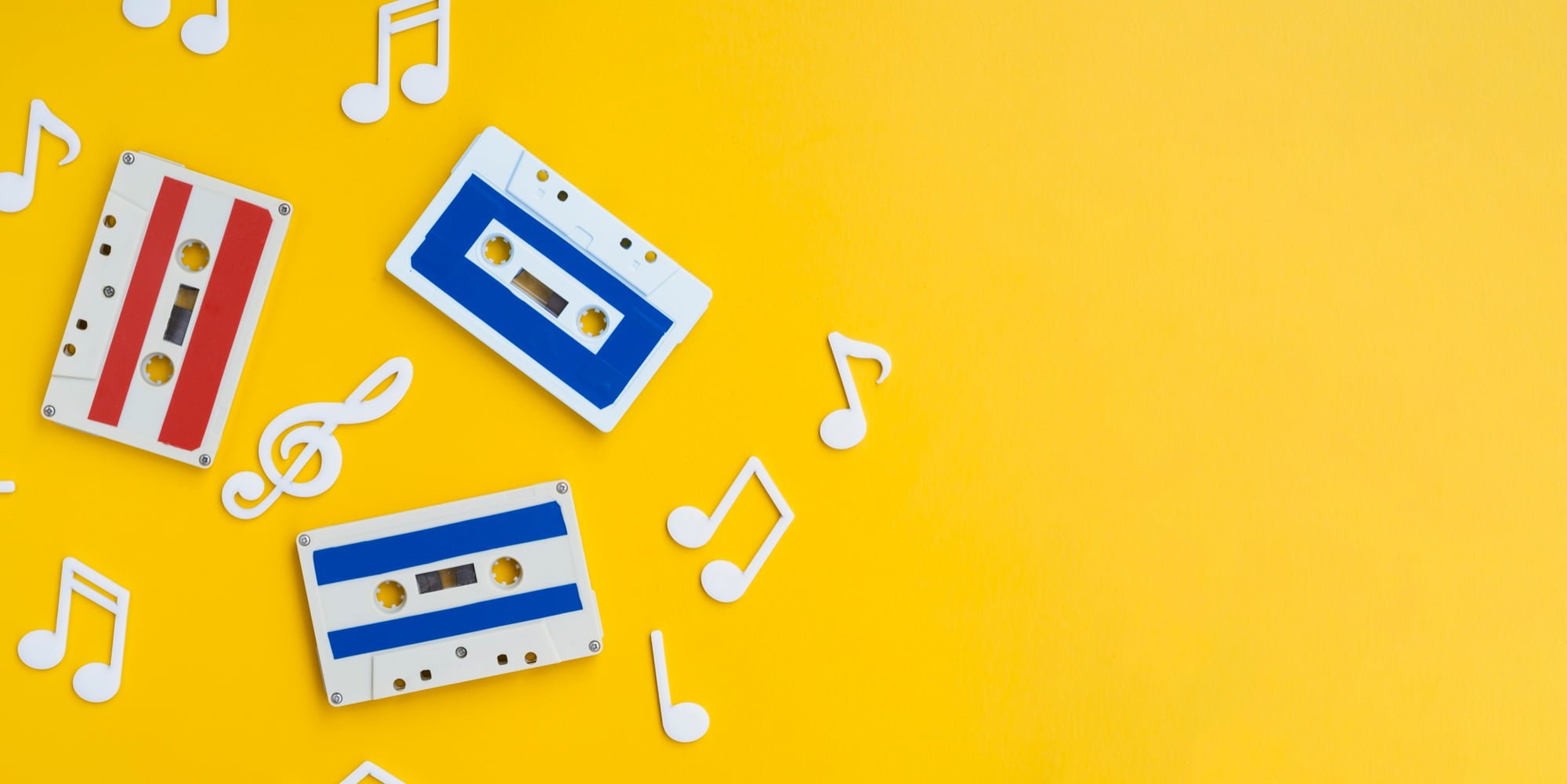In most countries including Vietnam, a mark is only protected to the extent of the goods and services identified in the mark registration application. This mainly proceeds from the primary purposes of mark registration which is to protect the difference of a mark and prevent confusion for consumers when choosing to consume certain goods and services. In fact, if similar marks are used for different types of goods and services (e.g. restaurants and software companies), it is very unlikely that this will actually cause confusion for consumers about the commercial origin of products and services. Therefore, the classification of goods and services upon mark registration plays a big part in the mark registration process, thereby determining the scope of mark protection.

1. Nice classification of goods and services in classes upon mark registration
The Nice Classification is part of the 1957 Nice Agreement. In which, the Nice Classification lists 45 classes of goods and services used for the registration of marks. This classification provides a basis for intellectual property authorities to assess mark registration applications and the scope of registered protection. Accordingly, the first 34 classes include physical products (goods) and the remaining 11 classes represent different types of services. Each class contains thousands of specific goods and services to be identified in a mark registration application. Choosing the right class of goods and services is considered as one of the most difficult parts in the mark registration process.
2. How many classes of goods and services are required in a mark registration application?
The number of classes of goods and services required in a mark registration application depends on the scope of use of the mark. Normally, a mark owner often registers for 2-3 classes of related goods and services, but multiple marks are actually registered for more than 10 classes of goods and services.
The registration of multiple classes of goods and services, despite the contribution to extending the scope of mark protection, poses various associated limitations. Firstly, this may increase the cost of mark registration. In Vietnam, the registration charge for each class from the second class and above is currently about 75% of the registration charge for the first one. In the US, the cost for each additional class is roughly the same as the registration charge for the first one.
Secondly, choosing a list of goods and services in a wider range when registering a mark may increase the risk that the application is opposed by another party or increase the possibility of being similar to the previously-registered mark. In other words, the more the number of classes of goods and services is included in an application, the more the possibility that the mark is the same or identical with another registered mark increases. Therefore, when registering marks, applicants are greatly encouraged to focus on the core classes of goods and services for the mark and the classes in which the mark intends to expand in the near future. Narrowing the range of goods and services (e.g. “technology consultancy related to plant operation” instead of “technology consultancy”) also increases the likelihood that a mark registration application will be accepted.
Thirdly, the registration for classes of goods and services in a wide range may also lead to the fact that the mark is likely to be invalidated, for the mark is not used in the registered class of goods and services within 5 years from the date of granting the protection title.
3. Things to keep in mind on classification of goods and services upon mark registration
(i) Choose the goods and services for which you want to use the mark at present or in the near future.
(ii) Each class of goods and services added to the mark registration application will be charged.
(iii) For marks in the field of manufacture, you should register both classes of services related to the sale and marketing of such goods.
(iv) Choose a list of goods and services in a wider range when registering a mark may increase the risk that the application is opposed by another party or increase the possibility of being similar to the previously-registered mark.
4. Criteria for product classification (from class 01 thru class 34) if not available in the Nice Classification
(i) A finished product is in principle classified according to its function or purpose. If the function or purpose of a finished product is not mentioned in any class heading, the finished product is classified by analogy with other comparable finished products, indicated in the Alphabetical List. If none is found, other subsidiary criteria, such as that of the material of which the product is made or its mode of operation, are applied.
(ii) A finished product which is a multipurpose composite object (e.g., clocks incorporating radios) may be classified in all classes that correspond to any of its functions or intended purposes.
(iii) Raw materials, unworked or semi-worked, are in principle classified according to the material of which they consist.
(iv) Goods intended to form part of another product are in principle classified in the same class as that product only in cases where the same type of goods cannot normally be used for another purpose. In all other cases, the criterion indicated under (1), above, applies.
(v) When a product, whether finished or not, is classified according to the material of which it is made, and it is made of different materials, the product is in principle classified according to the material which predominates.
(vi) Cases adapted to the product they are intended to contain are in principle classified in the same class as the product (e.g., Pen cases – covered by Class 16; Needle cases – covered by Class 26).
5. Criteria for classification of services if not available in the Nice Classification
(i) Services are in principle classified according to the branches of activities specified in the headings of the service classes and in their Explanatory Notes or, if not specified, by analogy with other comparable services indicated in the Alphabetical List.
(ii) Rental services are in principle classified in the same classes as the services provided by means of the rented objects (e.g., Rental of telephones, covered by Class 38).
(iii) Services that provide consultation or information are in principle classified in the same classes as the services that correspond to the subject matter of consultation or information [e.g., transportation consultancy (Class 39), business management consultancy (Class 35), financial consultancy (Class 36), beauty consultancy (Class 44)].
(iv) The rendering of consultation or information by electronic means (e.g., telephone, computer) does not affect the classification of these services.
(v) Services provided within a franchise are in principle classified in the same classes as the specific services provided by the franchisor (e.g., business consultancy related to franchise (Class 35), financial services related to franchise (Class 36), legal services related to franchise (Class 45).
6. Class headings in the Nice Classification of goods and services
Goods
– Class 1: Chemicals used in industry, science and photography, as well as in agriculture, horticulture and forestry; unprocessed artificial resins, unprocessed plastics; Fire extinguishing and fire prevention compositions; tempering and soldering preparations; Substances for tanning animal skins and hides; Adhesives for use in industry; putties and other paste fillers; compost, manures, fertilizers; biological preparations for use in industry and science.
– Class 2: Paints, varnishes, lacquers; Preservatives against rust and against deterioration of wood; Dyes inks for printing, marking and engraving; Raw natural resins; Metals in foil and powder form for use in painting, decorating, printing and art.
– Class 3: Non-medicated cosmetics and toiletry preparations; Non-medicated dentifrices; Perfumery, essential oils; Bleaching preparations and other substances for laundry use; Cleaning, polishing, scouring and abrasive preparations.
– Class 4: Industrial oils and greases, wax; Lubricants; Dust absorbing, wetting and binding compositions; Fuels and illuminants; Candles and wicks for lighting.
– Class 5: Pharmaceuticals, medical and veterinary preparations; Sanitary preparations for medical purposes; Dietetic food and substances adapted for medical or veterinary use, food for babies; Dietary supplements for human beings and animals; Plasters, materials for dressings; Material for stopping teeth, dental wax; Disinfectants; Preparations for destroying vermin; Fungicides, herbicides.
– Class 6: Common metals and their alloys, ores; Metal materials for building and construction; Transportable buildings of metal; Non-electric cables and wires of common metal; Small items of metal hardware; Metal containers for storage or transport; Safes.
– Class 7: Machines, machine tools, power-operated tools; Motors and engines, except for land vehicles; Machine coupling and transmission components, except for land vehicles; Agricultural implements, other than hand-operated hand tools; Incubators for eggs; Automatic vending machines.
– Class 8: Hand tools and implements, hand-operated; Cutlery; Side arms, except firearms; Razors.
– Class 9: Scientific, research, navigation, surveying, photographic, cinematographic, audiovisual, optical, weighing, measuring, signaling, detecting, testing, inspecting, life-saving and teaching apparatus and instruments; Apparatus and instruments for conducting, switching, transforming, accumulating, regulating or controlling the distribution or use of electricity; Apparatus and instruments for recording, transmitting, reproducing or processing sound, images or data; Recorded and downloadable media, computer software, blank digital or analogue recording and storage media; Mechanisms for coin-operated apparatus; Cash registers, computers and computer peripheral devices; Diving suits, divers’ masks, ear plugs for divers, nose clips for divers and swimmers, gloves for divers, breathing apparatus for underwater swimming; Fire-extinguishing apparatus.
– Class 10: Surgical, medical, dental and veterinary apparatus and instruments; Artificial limbs, eyes and teeth; Orthopaedic articles; Suture materials; Therapeutic and assistive devices adapted for persons with disabilities; Massage apparatus; Apparatus, devices and articles for nursing infants; Sexual activity apparatus, devices and articles.
– Class 11: Apparatus and installations for lighting, heating, cooling, steam generating, cooking, drying, ventilating, water supply and sanitary purposes.
– Class 12: Vehicles; Apparatus for locomotion by land, air or water.
– Class 13: Firearms; Ammunition and projectiles; Explosives; Fireworks.
– Class 14: Precious metals and their alloys; Jewelry, precious and semi-precious stones; Horological and chronometric instruments.
– Class 15: Musical instruments; Music stands and stands for musical instruments; Conductors’ batons.
– Class 16: Paper and cardboard; Printed matter; Bookbinding material; Photographs; Stationery and office requisites, except furniture; Adhesives for stationery or household purposes; Drawing materials and materials for artists; Paintbrushes; Instructional and teaching materials; Plastic sheets, films and bags for wrapping and packaging; Printers’ type, printing blocks.
– Class 17: Unprocessed and semi-processed rubber, gutta-percha, gum, asbestos, mica and substitutes for all these materials; Plastics and resins in extruded form for use in manufacture; Packing, stopping and insulating materials; Flexible pipes, tubes and hoses, not of metal.
– Class 18: Leather and imitations of leather; Animal skins and hides; Luggage and carrying bags; Umbrellas and parasols; Walking sticks; Whips, harness and saddlery; Collars, leashes and clothing for animals.
– Class 19: Materials, not of metal, for building and construction; Rigid pipes, not of metal, for building; Asphalt, pitch, tar and bitumen; Transportable buildings, not of metal; Monuments, not of metal.
– Class 20: Furniture, mirrors, picture frames; Containers, not of metal, for storage or transport; Unworked or semi-worked bone, horn, whalebone or mother-of-pearl; Shells; Meerschaum; Yellow amber.
– Class 21: Household or kitchen utensils and containers; Cookware and tableware, except forks, knives and spoons; Combs and sponges; Brushes, except paintbrushes; Brush-making materials; Articles for cleaning purposes; Unworked or semi-worked glass, except building glass; Glassware, porcelain and earthenware.
– Class 22: Ropes and string; Nets; Tents and tarpaulins; Awnings of textile or synthetic materials; Sails; Sacks for the transport and storage of materials in bulk; Padding, cushioning and stuffing materials, except of paper, cardboard, rubber or plastics; Raw fibrous textile materials and substitutes therefor.
– Class 23: Yarns and threads for textile use.
– Class 24: Textiles and textile goods; Household linen; Curtains of textile or plastic.
– Class 25: Clothing, footwear, headwear.
– Class 26: Lace, braid and embroidery, and haberdashery ribbons and bows; Buttons, hooks and eyes, pins and needles; Artificial flowers; Hair decorations; False hair.
– Class 27: Carpets, rugs, mats and matting, linoleum and other materials for covering existing floors; Wall hangings, not of textile.
– Class 28: Games, toys and playthings; Video game apparatus; Gymnastic and sporting articles; Decorations for Christmas trees.
– Class 29: Meat, fish, poultry and game; Meat extracts; Preserved, frozen, dried and cooked fruits and vegetables; Jellies, jams, compotes; Eggs; Milk, cheese, butter, yogurt and other milk products; Oils and fats for food.
– Class 30: Coffee, tea, cocoa and artificial coffee; Rice, pasta and noodles; Tapioca and sago; Flour and preparations made from cereals; Bread, pastries and confectionery; Chocolate; Ice cream, sorbets and other edible ices; Sugar, honey, treacle; Yeast, baking-powder; Salt, seasonings, spices, preserved herbs; Vinegar, sauces and other condiments; Ice (frozen water).
– Class 31: Raw and unprocessed agricultural, aquacultural, horticultural and forestry products; Raw and unprocessed grains and seeds; Fresh fruits and vegetables, fresh herbs; Natural plants and flowers; Bulbs, seedlings and seeds for planting; Live animals; Foodstuffs and beverages for animals; Malt.
– Class 32: Beers; Non-alcoholic beverages; Mineral and aerated water; Fruit beverages and fruit juices; Syrups and other non-alcoholic preparations for making beverages.
– Class 33: Alcoholic beverages, except beers; Alcoholic preparations for making beverages.
– Class 34: Tobacco and tobacco substitutes; Cigarettes and cigars; Electronic cigarettes and oral vaporizers for smokers; Smokers’ articles; Matches.
Services
– Class 35: Advertising; Business management, organization and administration; Office functions.
– Class 36: Financial, monetary and banking services; Insurance services; Real estate affairs.
– Class 37: Construction services; Installation and repair services; Mining extraction, oil and gas drilling.
– Class 38: Telecommunications services
– Class 39: Transport; Packaging and storage of goods; Travel arrangement.
– Class 40: Treatment of materials; Recycling of waste and trash; Air purification and treatment of water; Printing services; Food and drink preservation.
– Class 41: Education; Providing of training; Entertainment; Sporting and cultural activities.
– Class 42: Scientific and technological services and research and design relating thereto; Industrial analysis, industrial research and industrial design services; Quality control and authentication services; Design and development of computer hardware and software.
– Class 43: Services for providing food and drink; temporary accommodation.
– Class 44: Medical services; Veterinary services; Hygienic and beauty care for human beings or animals; Agriculture, aquaculture, horticulture and forestry services.
– Class 45: Legal services; Security services for the physical protection of tangible property and individuals; Personal and social services rendered by others to meet the needs of individuals.
Disclaimers:
This article is for general information purposes only and is not intended to provide any legal advice for any particular case. The legal provisions referenced in the content are in effect at the time of publication but may have expired at the time you read the content. We therefore advise that you always consult a professional consultant before applying any content.
For issues related to the content or intellectual property rights of the article, please email cs@apolatlegal.vn.
Apolat Legal is a law firm in Vietnam with experience and capacity to provide consulting services related to Intellectual Property Rights. Please refer to our services Intellectual Property Rights and contact our team of lawyers in Vietnam via email info@apolatlegal.com.





































